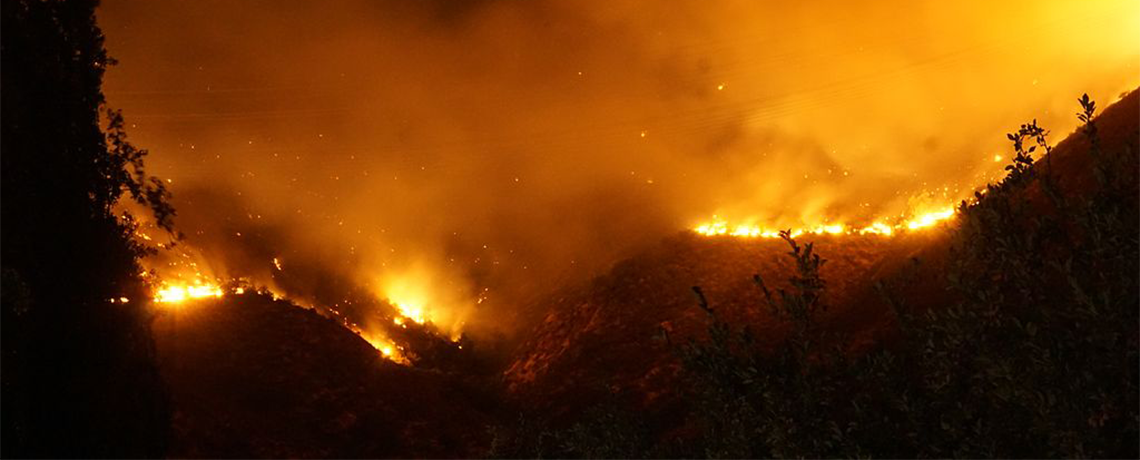Research determines reasons for massive fires in south-central Chile

The Campaign to STOP GE Trees and Global Justice Ecology Project has worked to expose the dangers of monoculture tree plantations in Chile. See our Chile Blog here.
PHYS.ORG: A Montana State University-led team has discovered several reasons why massive fires continue to burn through south-central Chile.
Besides low humidity, high winds and extreme temperatures—some of the same factors contributing to fires raging across the United States—central Chile is experiencing a mega drought and large portions of its diverse native forests have been converted to more flammable tree plantations, the researchers said.
Their results were published Aug. 22, in PLOS ONE, an online scientific journal published by the Public Library of Science.
Lead author Dave McWethy, an assistant professor in MSU’s Department of Earth Sciences in the College of Letters and Science, said Chile has replaced many of its native forests with plantation forests to supply pulp and timber mills that produce paper and wood products. As a result, he said, highly flammable non-native pine and eucalypt forests now cover the region. Eucalypt trees, which are native to Australia, and pine trees native to the United States contain oils and resins in their leaves that, when dry, can easily ignite.
“Chile replaced more heterogenous, less flammable native forests with structurally homogenous, flammable exotic forest plantations at a time when the climate is becoming warmer and drier,” said McWethy. “This situation will likely facilitate future fires to spread more easily and promote more large fires into the future.”
Co-author Anibal Pauchard, professor at the University of Concepcion and researcher at the Institute of Ecology and Biodiversity in Chile, said wildfires have been a part of the Chilean landscape for centuries, but they have grown larger and more intense in recent decades, despite costly government efforts to control them.
“Unfortunately, fires in central Chile are promoted by increasing human ignitions, drier and hotter climate, and the availability of abundant flammable fuels associated with pine plantations and degraded shrublands dominated by invasive species,” Pauchard said.
Read the full report here: https://phys.org/news/2018-08-massive-south-central-chile.html#jCp
